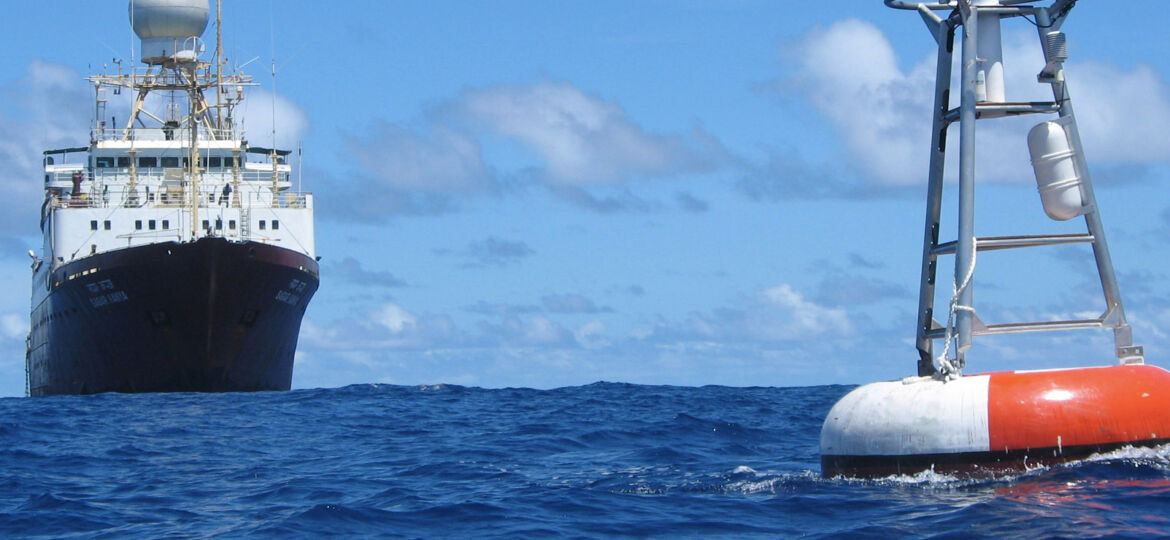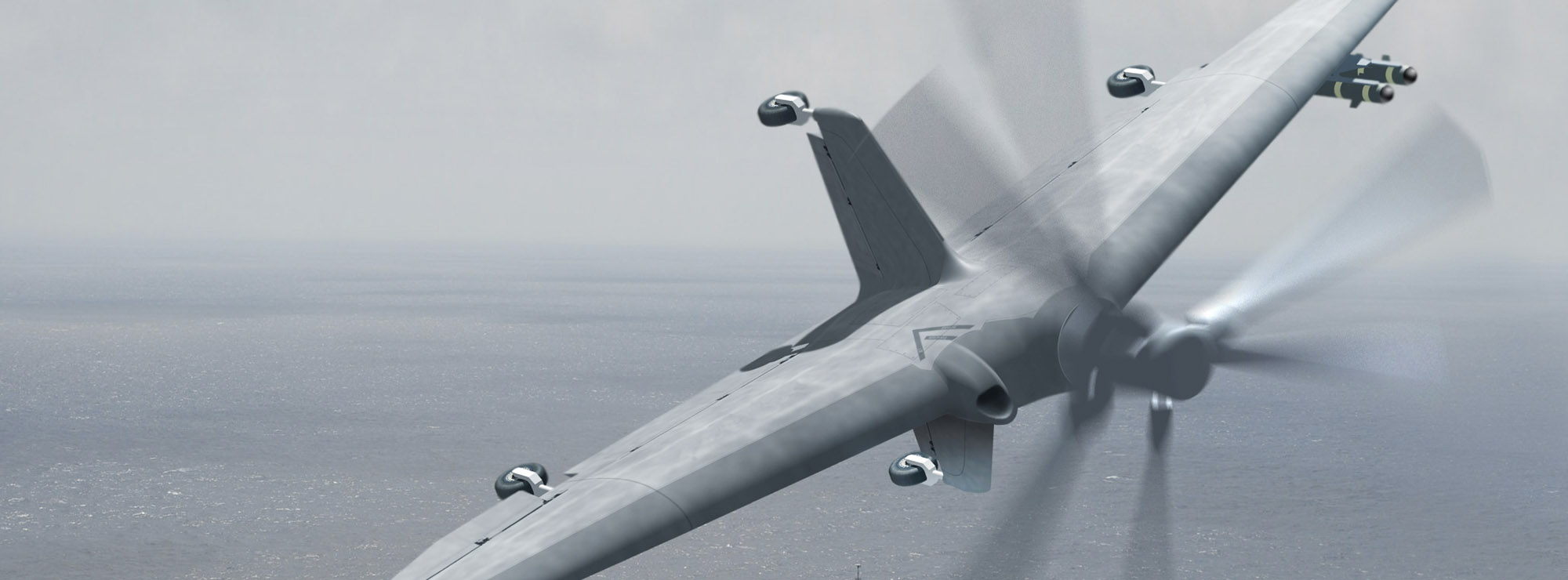
WHY THIS MATTERS IN BRIEF
With China and Russia investing more money in anti-satellite weapons DARPA wants to create a new network that can’t be interrupted if their birds go black.
It’s never a great time when you lose contact with your $600 billion military machine – particularly if it’s because your satellites have been destroyed, or your communications systems jammed. So, in an age where both China and Russia are accelerating the development of new anti-satellite warfare and new artificial intelligence (AI) electronic jamming systems America’s Defense Advanced Research Projects Agency (DARPA) has decided that it wants to provide the American armed forces with as many communications contingencies as possible.
As the name suggests DARPA’s latest network, dubbed the Tactical Undersea Network Architecture (TUNA), is being set up in the open ocean and it’s a collection of “node” buoys, deployed from ships or planes, that are tethered together by fiber optic cables to create a radio frequency (RF) data network.
The fiber cables that connect the buoys together are thin but they’re being designed to withstand at least 30 days at sea which the US hopes should give it enough time to restore normal communications. Asides from the challenging conditions powering the network presents another problem, and the University of Washington’s Applied Physics Lab have created a concept buoy that draws energy from the constant ebb and flow of the ocean. The TUNA program has been in DARPA’s pipeline for the past few years, and with the first phase now complete, the next step is to build a fully working system and test it at sea.
DARPA’s seafaring solution compliments two other communications programs. One called “Dynamic Network Adaptation for Mission Optimization” (DyNAMO) whose goal is to develop a system that allows all different types of equipment found in different types of aircraft to talk to each other, creating something akin to a peer-to-peer communications network in the sky, and another project called “A Mechanically Based Antenna” (AMEBA) that hopes to extend the internet, using low frequency RF into the deepest parts of the oceans and through solid rock into the world’s deepest mines.
Stay tuned.















